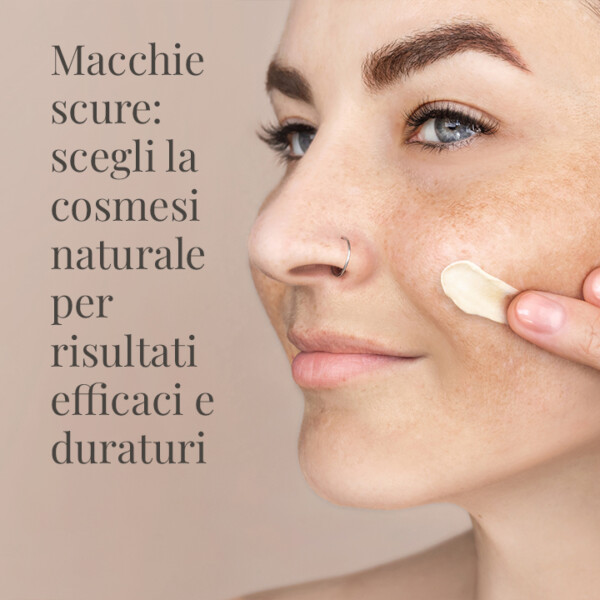
Make-up su misura per te? Il segreto è nel tuo pH
Make-up su misura per te?Il segreto è nel tuo pH Quando la scienza incontra l’emozione, il colore prende vita. Si trasforma, si adatta, diventa tuo.
When warm weather arrives, we cannot resist the temptation to get some sunshine and leave behind the dull complexion of the winter months.
Exposing ourselves to sunlight affects the release of endorphins and serotonin, contributing to our mental and physical well-being. Sunlight also stimulates the production of vitamin D, which is very important for bones and the prevention of osteoporosis.
However, it is important to know that the sun's rays not only bring benefits but can also be harmful to the skin. However, with proper care, it is possible to achieve a perfect tan without risk to our health.

Let us first try to shed some light on sunlight.
The sun is capable of generating different electromagnetic radiations that reach the earth's surface in a more or less powerful way. Among these types of radiation, the ones we are most interested in are ultraviolet rays. Although this type of radiation laps the atmosphere to a lesser extent, it is UV rays that are responsible for tanning and the greatest risks to our skin.
Based on their wavelength, it is possible to distinguish between 3 different types of UV rays:
Excessive and inadequately protected exposure to these rays poses serious risks to the skin, which can experience sunburn, erythema, premature photoaging and even more serious problems including cancer.
Sunburn and erythema are mainly due to UVB rays and affect the most superficial layer of the skin. In addition to the characteristic symptoms of redness, burning and itching, they contribute to the formation of skin spots.
Premature skin aging, on the other hand, is mainly caused by UVA rays, which, as they penetrate deeper, generate free radicals and can significantly damage the collagen and elastin in the skin, leading, in the long run, to major skin damage. The skin will appear drier, thinner and there will be loss of elasticity and the appearance of noticeable wrinkles.
Regarding skin cancer, it has unfortunately been found that excessive and uncontrolled exposure to the sun, without proper protection, increases the likelihood of developing the disease.

In order to enjoy the benefits of the sun without risk and without reporting damage, it is most important to follow certain steps that will allow us to achieve a tan in complete safety:
Protecting the skin, even if it is already tanned, is absolutely essential.
Therefore, you should never forget to put on a cream that protects your skin from the sun's rays by carefully choosing, based on the characteristics of your skin, the type of protection it provides.
Another relevant element is to apply the product even several times a day, especially after getting wet or sweating. Even waterproof or water-resistant sunscreens, in fact, resist water but it is still advisable to reapply in case of prolonged bathing.
Gradually accustom the skin to sun exposure.
When the sun's rays strike with greater intensity and are, as a result, more dangerous to the skin. It is preferable to expose oneself to the sun in the morning or late afternoon.
After a day in the sun, it is strongly recommended to apply an after-sun cream or lotion that not only makes the tan last longer, but also restores the right level of moisture to the skin and soothes any redness.

Make-up su misura per te?Il segreto è nel tuo pH Quando la scienza incontra l’emozione, il colore prende vita. Si trasforma, si adatta, diventa tuo.

Cream to Silk Foundation: il fondotinta che cambia le regole Se pensavi di aver visto tutto nel mondo del make-up, Cream to Silk Foundation è

Dark spots: choose natural cosmetics for effective and long-lasting results Dark spots on the face are a very common aesthetic problem that can affect

The Made in Italy brand that has been caring for beauty for over 30 years with natural and organic make-up and skincare products that are safe for the skin and in harmony with the planet.
Tel. +39 030 872510
Email: [email protected]
Via Golgi 10 25064
Gussago (BS) Italy
V.A.T. 00636480980
C.F. 01546790179

Credit card transactions are secured through the highest Security Standards via verified banking circuit and encrypted SSL protocol.